Advertisement
Who’s At The Door

Who’s At The Door places the player in the role of a psychiatric patient struggling to separate hallucinations from reality. Set across eight in-game days, the gameplay centers around a simple but tense routine: monitor your mental state, open the door only when safe, and take medication from the visitor. The challenge lies in knowing whether what you see is real. If hallucinations persist, the wrong choice can lead to unexpected consequences. Every day brings a new test of awareness, with visual and audio cues that may or may not be trustworthy.
Interpreting Signs and Making Decisions
The routine may appear minimal, but the weight of each decision builds tension. Players must assess their surroundings carefully, watching for signs that the hallucinations are fading—or intensifying. The wrong action can spiral the situation further, altering the direction of the story. As the line between reality and delusion begins to blur, players are forced to act on instinct while collecting clues about their condition. The door becomes both a source of help and a threat, depending on what’s truly outside.
Core Structure of Who’s At The Door
The gameplay is built around the following core elements:
- Eight-day routine with changing psychological states
- Visual and audio hallucinations affecting judgment
- A visitor who may or may not be real
- Several possible story outcomes based on choices
- Hidden collectibles that unlock deeper endings
These mechanics turn a single, repeated action into a psychological challenge that changes with each playthrough. Players must learn to read patterns and trust their interpretation of events, even as the environment grows less stable.
Searching for the Full Story
Each run through Who’s At The Door reveals a portion of the truth. The game encourages multiple playthroughs, with hidden pieces of a doll acting as a guide toward the final ending. With three major outcomes and one true conclusion, the game rewards observation and experimentation. The more players uncover, the closer they come to understanding the full story behind the patient’s condition. Notes, distorted memories, and environmental details begin to add up, forming a timeline of events that is only clear to those who explore every branch.
Immersion Through Isolation and Repetition
Who’s At The Door creates an experience based on repetition, isolation, and fragile perception. The small space, limited interaction, and use of AI-generated content amplify the surreal atmosphere. Players must listen closely, watch carefully, and act cautiously as they move through each day. The game doesn’t rely on fast pacing but instead builds fear through uncertainty.
Advertisement

























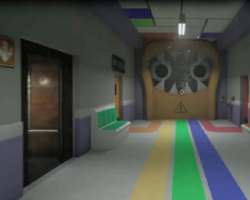


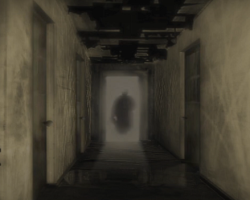

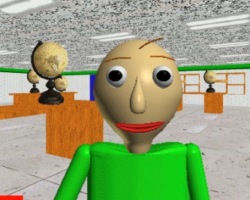

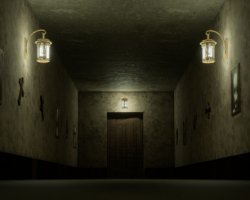

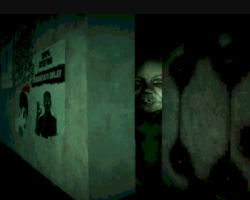



















































Comments